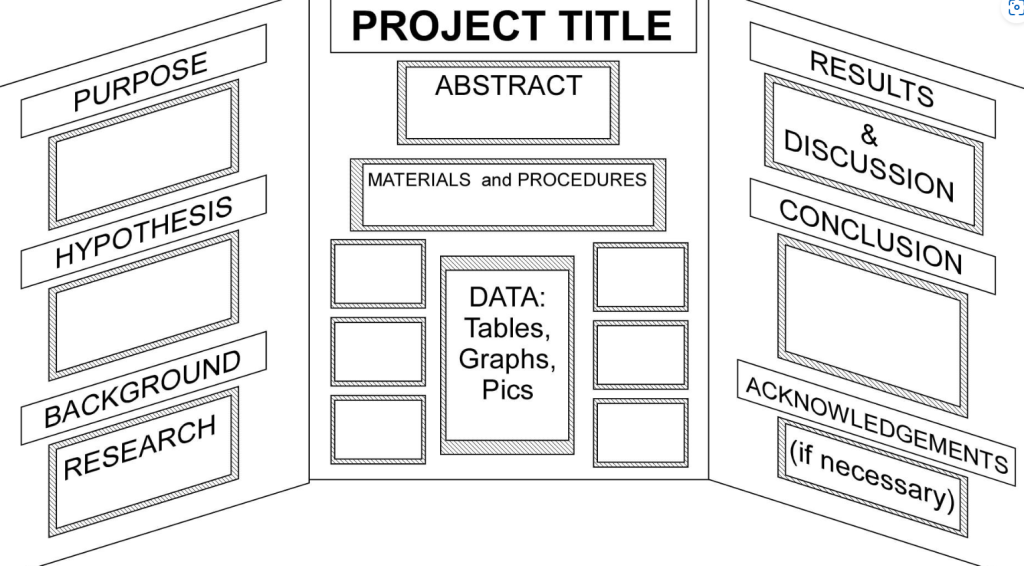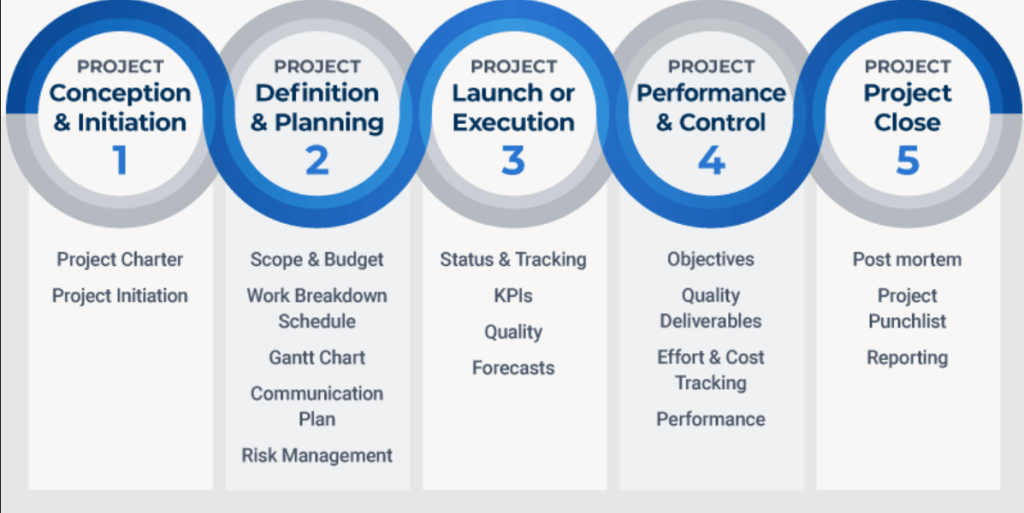Mastering the Art of Project Management: Potential of Your Team
In this IT world, we work on many projects in organisations where we complete multiple tasks and subtasks to complete the entire project in a successful way. We also work on different methodologies to streamline our approach to the completion of our project.
Just like we start our academic journey from school to college to achieve our career goals, an organization includes many factors and growth parameters for the completion of a successful project.
- Do we ever think who completes a project in an organization?
- What is actually a project made up of?
- How does a project start in an organization?
I would like to answer these questions in my own way as I am learning project management now-a -days.
Who completes a project in an organization?
Project completion is a team effort. Successful projects involve the collaboration of multiple individuals with diverse skills and expertise. This includes project managers, stakeholders, team members, and possibly contractors or consultants.

What is a project made up of?
A project is typically made up of several components, including goals and objectives, a project plan, a budget, a timeline, and a team. Each of these elements plays a critical role in ensuring that the project is completed successfully.

How does a project start in an organization?

How does a Project manager actually build a team?
Building a team as a project manager involves several key steps. Here are some of the most important ones:
- Determine the project requirements: Before you start building your team, you need to have a clear understanding of the project requirements, including the scope, timeline, and budget. This will help you identify the types of skills and expertise you need on your team.
- Define roles and responsibilities: Once you have a clear understanding of the project requirements, you can start defining the roles and responsibilities of each team member. This will help you identify the specific skills and expertise you need for each role.
- Identify potential team members: Based on the project requirements and roles, you can start identifying potential team members. This may involve reviewing resumes, interviewing candidates, and conducting reference checks.
- Evaluate team members: Once you have identified potential team members, you need to evaluate their skills, experience, and fit for the project. This may involve assessing their technical skills, communication skills, teamwork abilities, and other factors.
- Form the team: Once you have evaluated potential team members, you can start forming the team. This may involve assigning roles and responsibilities, setting goals and expectations, and establishing communication and collaboration protocols.
- Develop team culture: As a project manager, it’s important to foster a positive team culture that encourages open communication, collaboration, and accountability. This can involve setting clear expectations for behavior and performance, providing feedback and recognition, and promoting a sense of ownership and responsibility among team members.

Final Intake:
Mastering the art of project management involves setting clear goals, communicating effectively, fostering a positive team culture, developing individual strengths, providing support and resources, and tracking progress. By following these tips, you can unleash the full potential of your team and achieve a successful project outcome.
Add Comment
You must be logged in to post a comment.








